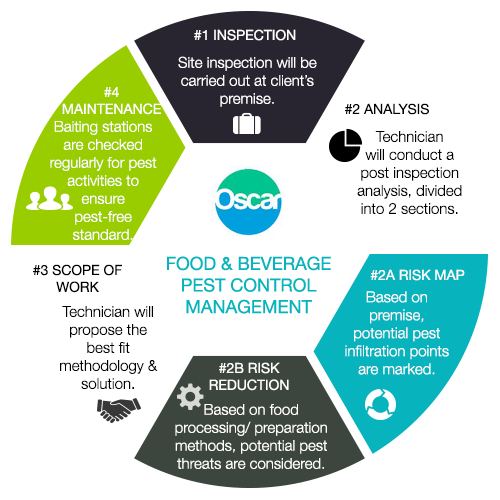Rodent Control Understanding Typical Rodent Behavior
Rodent Control Understanding Typical Rodent Behavior
Blog Article
Article Composed By-Lorenzen Refsgaard
When it concerns rodent control, comprehending common rodent habits is key to properly taking care of problems. Did you recognize that rodents have some fascinating nesting practices that might surprise you? By discovering their intricate behaviors, you can acquire beneficial insights into exactly how to tackle rodent problems in a more strategic and reliable manner. So, let's untangle click the up coming webpage behind these animals' actions and discover just how to outsmart them in your rodent control efforts.
Rodent Nesting Behaviors
When observing rats in their natural habitat, you'll notice that they actively seek out products to construct their nests. Rats, such as computer mice and rats, are clever creatures that utilize a range of things like branches, leaves, paper, and material to build their homes. They're precise in their nest-building procedure, usually lining their nests with softer products like hair or plumes to produce a comfortable environment.
Rats like to construct their nests in concealed and safe and secure places to secure themselves and their young from killers. termite eradication cost nesting spots consist of wall surface cavities, attic rooms, basements, and even within insulation products. By constructing their nests in these remote locations, rodents can safely increase their spawn far from possible threats.
It is vital to understand the nesting practices of rats when carrying out control steps. By disrupting their nests or getting rid of materials, you can discourage rats from establishing an existence in your home or building. Proper sanitation and sealing access factors are additionally crucial action in protecting against rodent infestations.
Rat Feeding Patterns
After observing rats' nesting habits, it becomes noticeable that their feeding patterns play a critical function in their lives and actions. Rats, including computer mice and rats, are opportunistic feeders, meaning they'll take in whatever food resource is easily offered. They're primarily nighttime creatures, preferring to forage for food during the cover of evening to avoid killers.
Rodents have a diverse diet regimen, varying from grains, seeds, fruits, and vegetables to pests, nuts, and also little animals. This versatility in their food options allows them to prosper in various settings, including metropolitan locations where human food sources are abundant.
Their feeding patterns aren't just driven by appetite yet also by the need to stockpile food for times of shortage. This habits is particularly noticeable to prepare for winter months or when nesting. Rodents are recognized to hoard food in their nests or burrows, ensuring a continuous food supply. Comprehending their feeding patterns is necessary in executing effective rodent control actions to interrupt their food sources and avoid infestations.
Rat Activity and Traveling
Rodents navigate their surroundings with dexterity and stealth, using their eager senses to relocate quickly through their settings. These creatures are proficient climbers, able to range wall surfaces and vertical surface areas effortlessly. They can also squeeze with remarkably small openings, making it essential to seal any possible entry factors in your house.
When it involves taking a trip, rodents tend to comply with familiar paths, creating routes along walls or skirting the edges of areas. They're creatures of habit, often sticking to these developed routes as they forage for food or explore their surroundings.
Rats are understood for their nighttime practices, so you may hear them scooting around in the evening as they search for food and water. Their activities are quick and unpredictable, enabling them to dart in and out of sight in the blink of an eye.
Understanding just how rats move and take a trip can aid you identify possible problem areas in your home and take positive steps to avoid these bugs from obtaining a grip.
Final thought
As you function to manage rats in your home, remember that understanding their behavior is crucial. By recognizing their nesting behaviors, feeding patterns, and activity, you can effectively protect against invasions.
Coincidentally, by taking proactive steps to remove food sources and seal off entrance factors, you can disrupt their familiar courses and require them to seek new places, inevitably lowering the chance of rodent visibility in your home.
